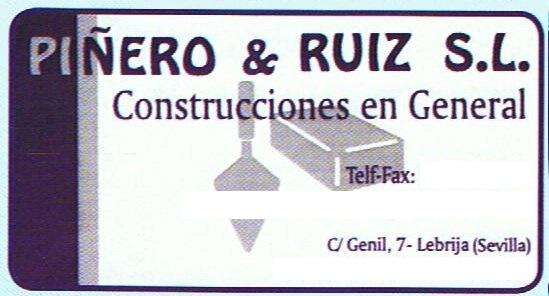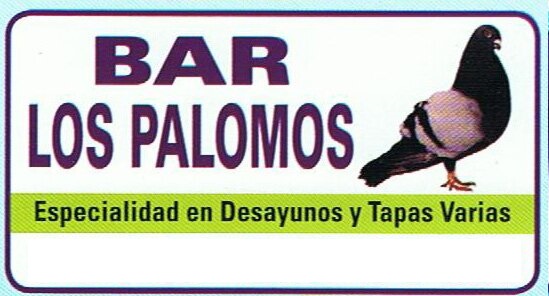

Unión Balompédica Lebrijana
- Club.
- Actualidad .
 Última hora Club
Última hora Club- Noticias
- Comunicados
- Entrevista
- Cartelera
- Crónicas
- Documentos
- Porra
- Actividades
 ACTUALIDAD
ACTUALIDAD
- Equipo
- Futbol base .
- Foro
- Patrocinadores
How Much Does An Official Soccer Ball Weigh?
If you’ve ever wondered why soccer matches seem so balanced and controlled, you should know that the official weight of a soccer ball plays a big part. You can’t just kick any ball onto the field and expect fair play—there are strict regulations in place. So, what exactly is the standard weight, and why do those numbers matter for how the game unfolds? Let’s explore why this small detail makes such a big difference.
Understanding Standard Soccer Ball Weight Regulations
Every official soccer game adheres to specific weight regulations to maintain fairness and consistency in play. According to FIFA regulations, a Size 5 soccer ball must weigh between 410 and 450 grams. Adhering to these weight limits ensures that soccer balls meet international standards, which is essential for providing an equal playing field for all players.
For youth players, the introduction of lighter soccer balls can enhance control and safety, which is important during the development of fundamental ball handling skills.
FIFA's regulations are designed to ensure that each ball used in matches offers consistent performance, regardless of the context. By following these standards, the integrity of the game is preserved, allowing players to focus on skill development and the competitive aspects of soccer.
Comparing Soccer Ball Sizes and Corresponding Weights
Soccer ball sizes and weights are standardized to cater to specific age groups and levels of play, ensuring safety and skill development for players.
For individuals aged 12 and older, the size 5 soccer ball is used, which weighs between 410 to 450 grams. This size is suitable for adult and competitive youth leagues, allowing players to develop advanced skills.
For younger players, the size 4 soccer ball is typically utilized for those aged 8 to 12 years. This ball weighs between 350 to 390 grams, making it manageable for children as they refine their coordination and control skills.
The size 3 soccer ball is designed for the youngest players, specifically those ages 5 to 8. This ball weighs approximately 300 to 320 grams, which is appropriate for smaller hands and developing motor skills at this stage.
These size and weight specifications serve a crucial role in enhancing the playing experience, as they facilitate learning and ensure that players can handle the ball effectively based on their physical capabilities.
Official Weight Range for Size 5 Match Balls
Size 5 soccer balls are specific to adult and professional matches, adhering strictly to official standards. These balls must comply with FIFA regulations when it comes to competitive play.
The official weight range for size 5 soccer balls is set between 410 grams (14 ounces) and 450 grams (16 ounces) when fully inflated. This requirement promotes fairness and consistency across matches, ensuring that all participants engage with equipment that meets the same standards.
Additionally, maintaining a uniform weight range supports player control. Heavier balls tend to be less affected by wind resistance, allowing players to focus on their techniques without the variable influence of erratic ball movement.
Thus, the specifications surrounding size 5 soccer balls are crucial for the integrity of the game and the performance of the players.
Why Soccer Ball Weight Is Crucial for Gameplay
The weight of a soccer ball is a critical factor that influences gameplay. Adherence to the official weight range established by governing bodies ensures that players can effectively manage ball control and predict its behavior during matches. A ball that's lighter than the specified range may travel farther than anticipated and may be more susceptible to external factors such as wind, leading to inconsistencies in passing and shooting.
Conversely, a heavier ball may impede movement and reduce a player's ability to execute precise maneuvers. A standard weight allows players to develop a consistent understanding of how the ball will respond in different situations, which is essential for both passing accuracy and shooting technique.
Moreover, a properly weighted ball provides goalkeepers the opportunity to better evaluate and respond to shots on goal, enhancing the overall fairness of play. In training contexts, utilizing a ball that meets standard weight specifications is important for skill development.
It allows players to practice in conditions that closely mirror actual match scenarios, thereby promoting effective skill retention and performance improvement. Consequently, maintaining consistent ball weight is necessary for both competitive play and training efficiency.
How Youth and Training Balls Differ in Weight
Soccer balls designed for younger players and training sessions differ significantly in weight compared to standard competition balls. These variations are intentional and take into account the age and developmental needs of players.
For instance, Size 3 balls, which are recommended for players under the age of eight, typically weigh between 300 and 320 grams. In contrast, Size 4 balls, suited for players aged 8 to 12, weigh approximately 350 to 390 grams. The lighter weight of these balls facilitates skill development and helps minimize the risk of injury.
Additionally, the reduced weight can prevent frustration during training, as it allows younger players to practice fundamental skills more effectively. The specific sizing and weight requirements are important for ensuring that players can learn and grow in their ability without facing undue challenges associated with heavier competition balls.
Manufacturing Processes for Consistent Soccer Ball Weight
Manufacturers of soccer balls implement stringent production controls to ensure that each ball adheres to predefined weight standards. The weight specifications for official Size 5 soccer balls range between 410 and 450 grams, which are maintained through careful material selection, particularly for the bladder and cover.
Throughout the manufacturing process, quality control measures are employed; this includes weighing each ball at various stages of production and following assembly. Each ball is subjected to rigorous testing to ensure compliance with FIFA quality standards, assessing not just durability and performance but also, importantly, consistent weight.
This systematic approach to manufacturing contributes to producing reliable soccer balls that are ready for competitive play.
Factors Affecting the Weight of a Soccer Ball
The weight of soccer balls, specifically size 5, is subject to official regulations, yet a few variables can lead to minor fluctuations within the permissible limits. Primarily, the weight is influenced by the materials utilized in their construction. The choice between a butyl or latex bladder, along with a synthetic or leather cover, can result in differences in weight.
Additionally, the manufacturing method employed, whether hand-stitching or machine-stitching, can impact the final weight of the ball. Environmental conditions, such as humidity and temperature, can also affect the air pressure contained within the ball, subsequently altering its overall weight.
Nevertheless, it's important to note that FIFA ensures compliance with its weight regulations for all size 5 soccer balls utilized in competitive play, thereby promoting uniformity and consistency across games.
Conclusion
Now that you understand how much an official soccer ball weighs, you can see why these regulations matter for fairness and consistent gameplay. If you’re picking out a soccer ball, make sure you check that it meets the standard—especially for matches. Remember, using the right weight helps players develop skills, keeps games predictable, and maintains safety. So, always choose the proper ball for your level and enjoy a better soccer experience every time you play.
Unión Balompédica Lebrijana. Fundado en 1928, correo cantera- Grupo Web Deportiva SL Aviso legal Mapa web























